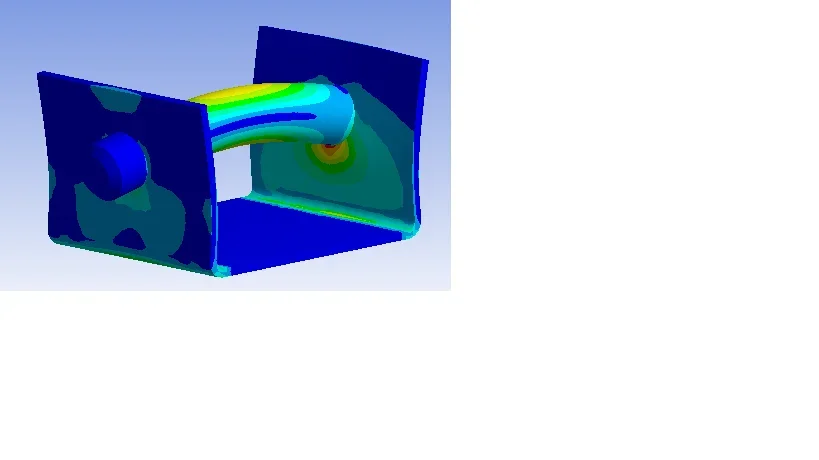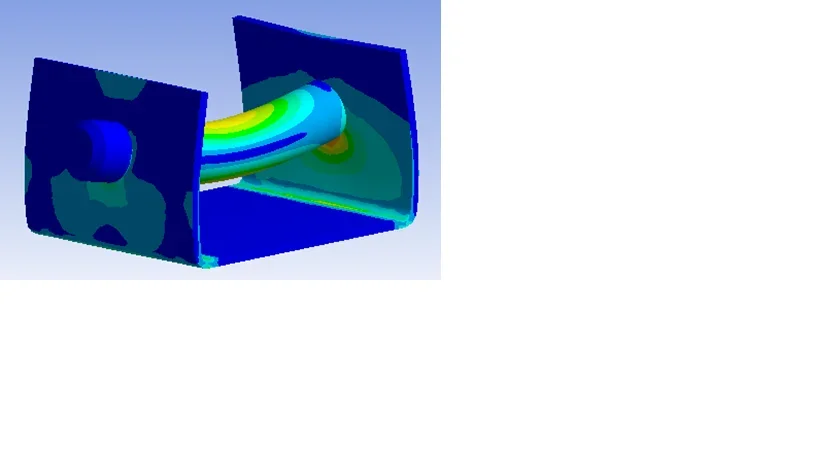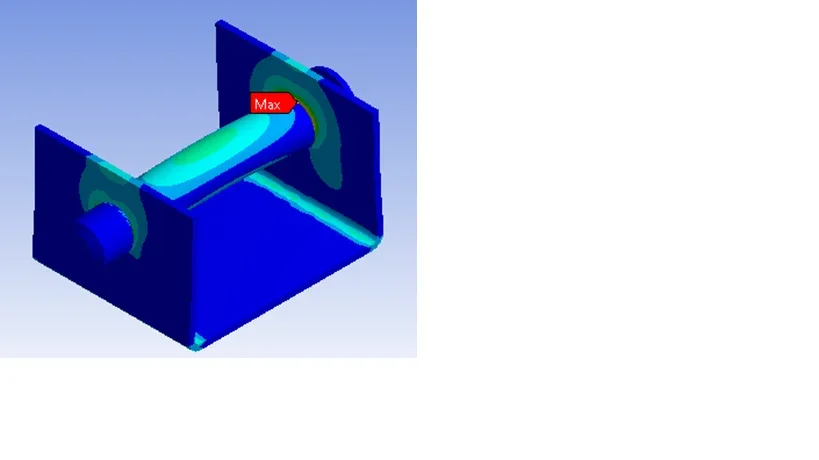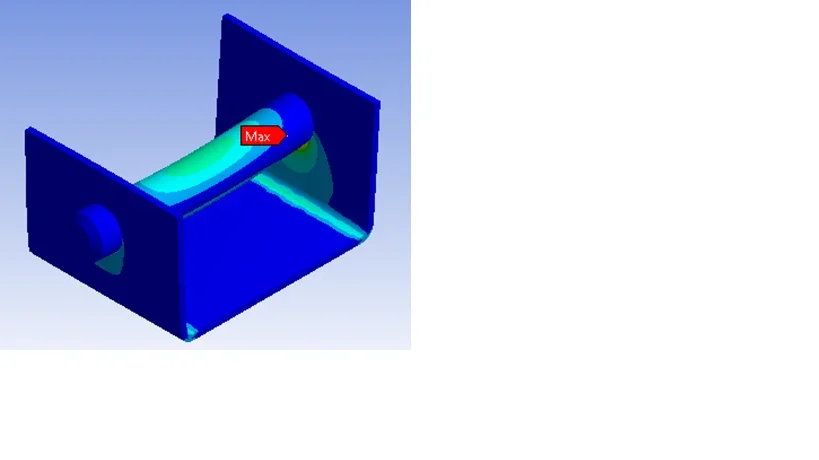simbaf
Guest
save to all users who will complain about this debate to help me.
I just started using ansys apdl and wanted to ask you something. as I have to model a masonry building, as I do to make compatible the mesh of two elements (they are shell elements that simulate the walls) that for example si intersecano 90 degrees? (or that still don't lie on the same floor? ...and then simulate the intersection of two walls). I press that I amount geometry on ansys in iges format.
Thank you in advance!! !
I just started using ansys apdl and wanted to ask you something. as I have to model a masonry building, as I do to make compatible the mesh of two elements (they are shell elements that simulate the walls) that for example si intersecano 90 degrees? (or that still don't lie on the same floor? ...and then simulate the intersection of two walls). I press that I amount geometry on ansys in iges format.
Thank you in advance!! !




